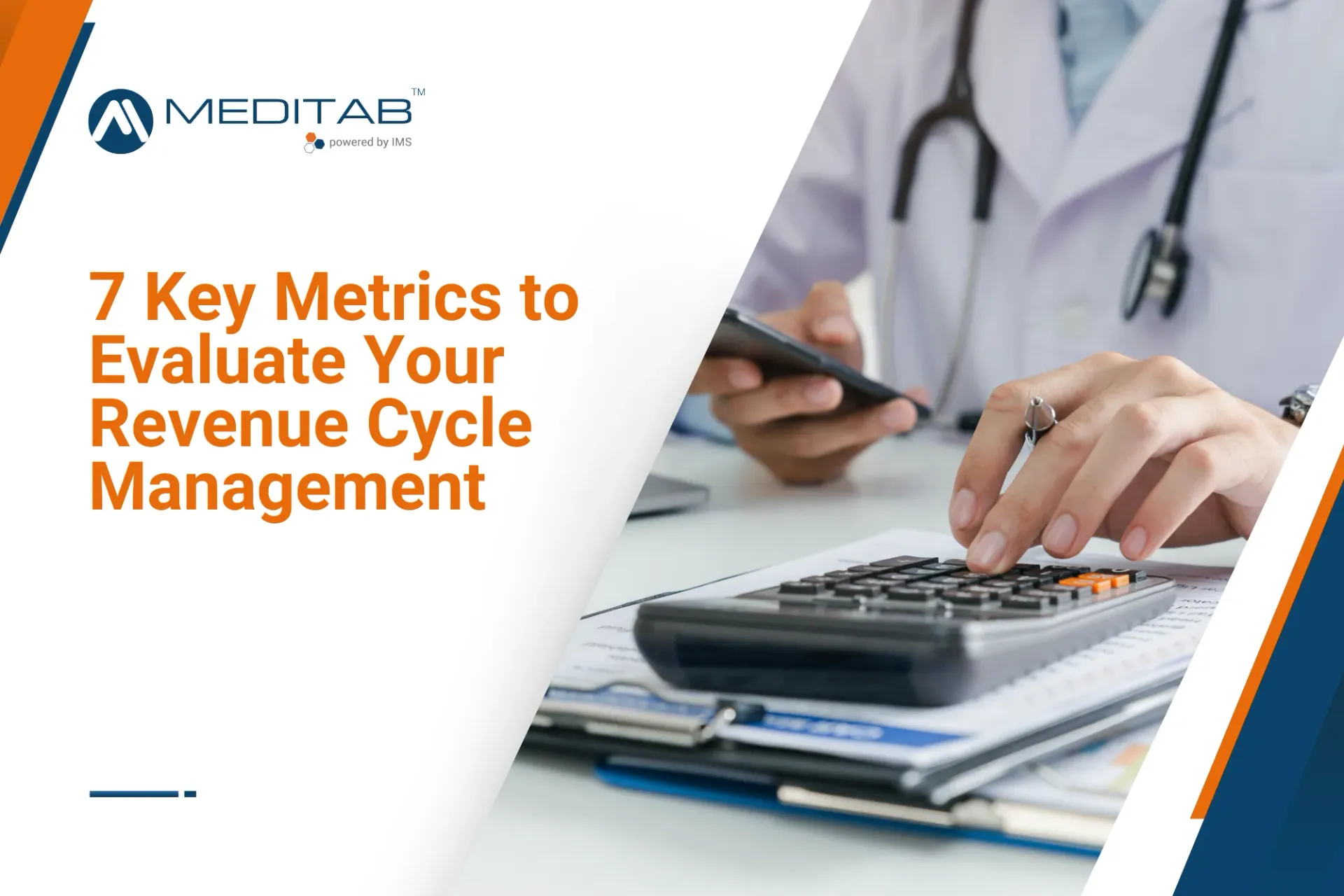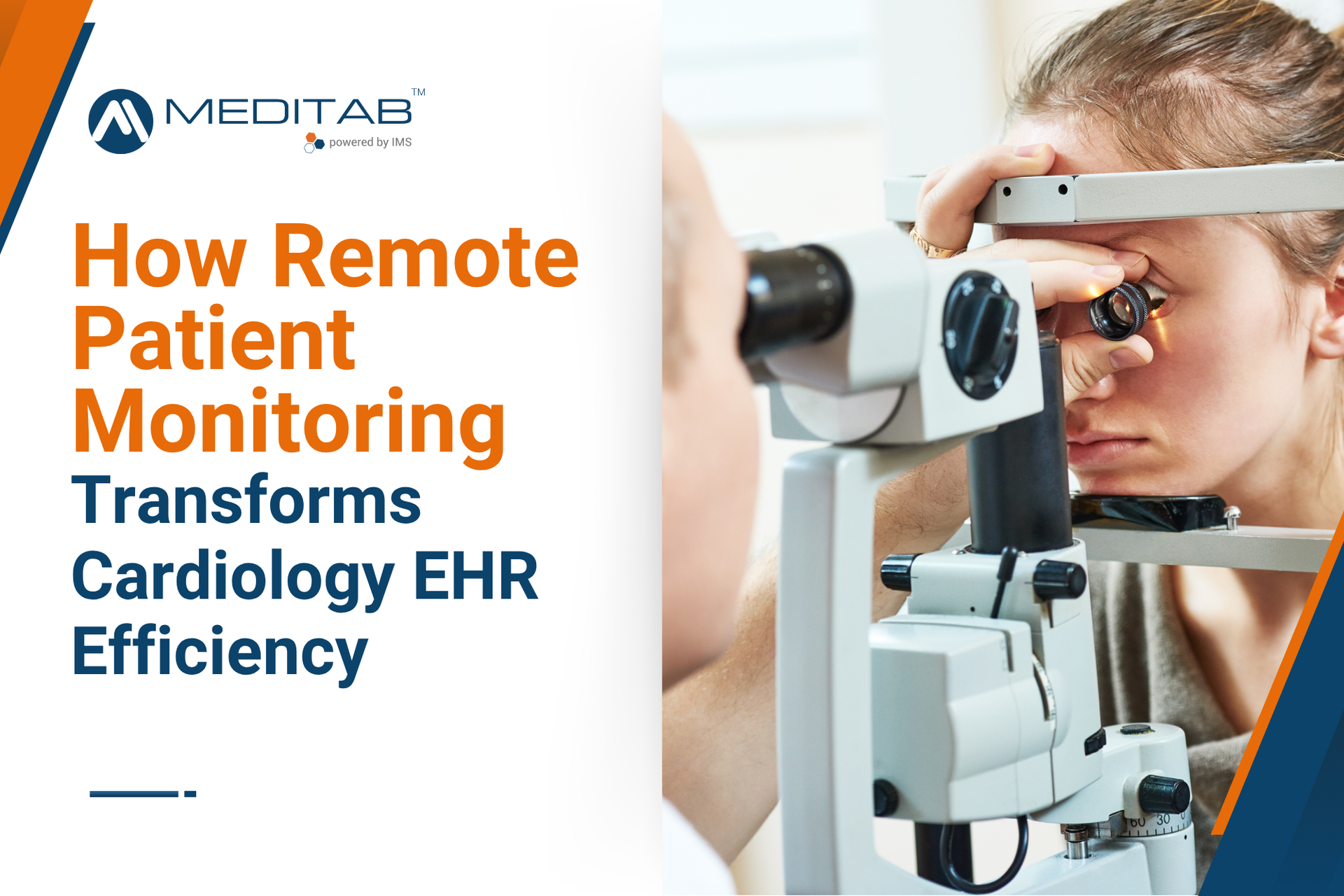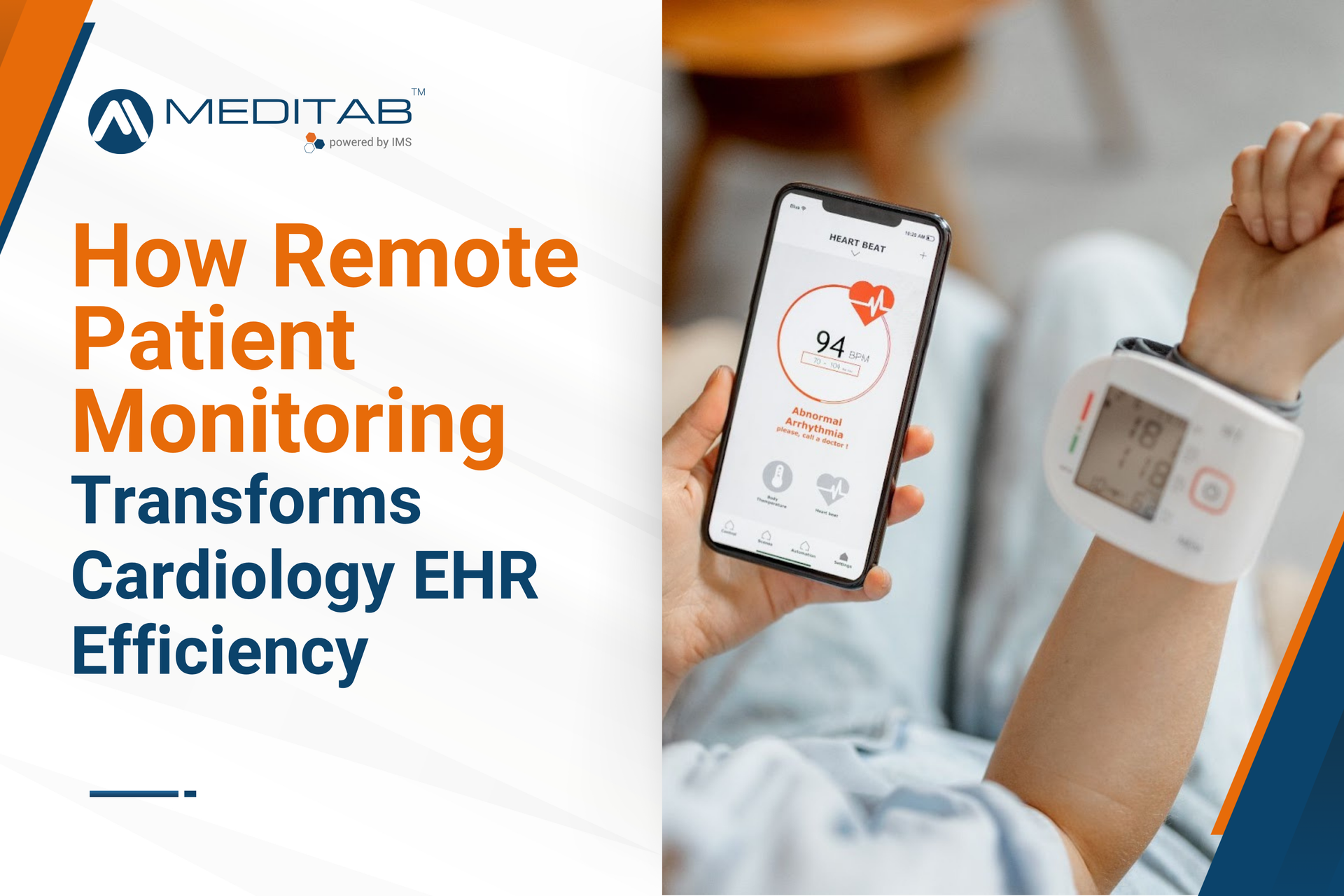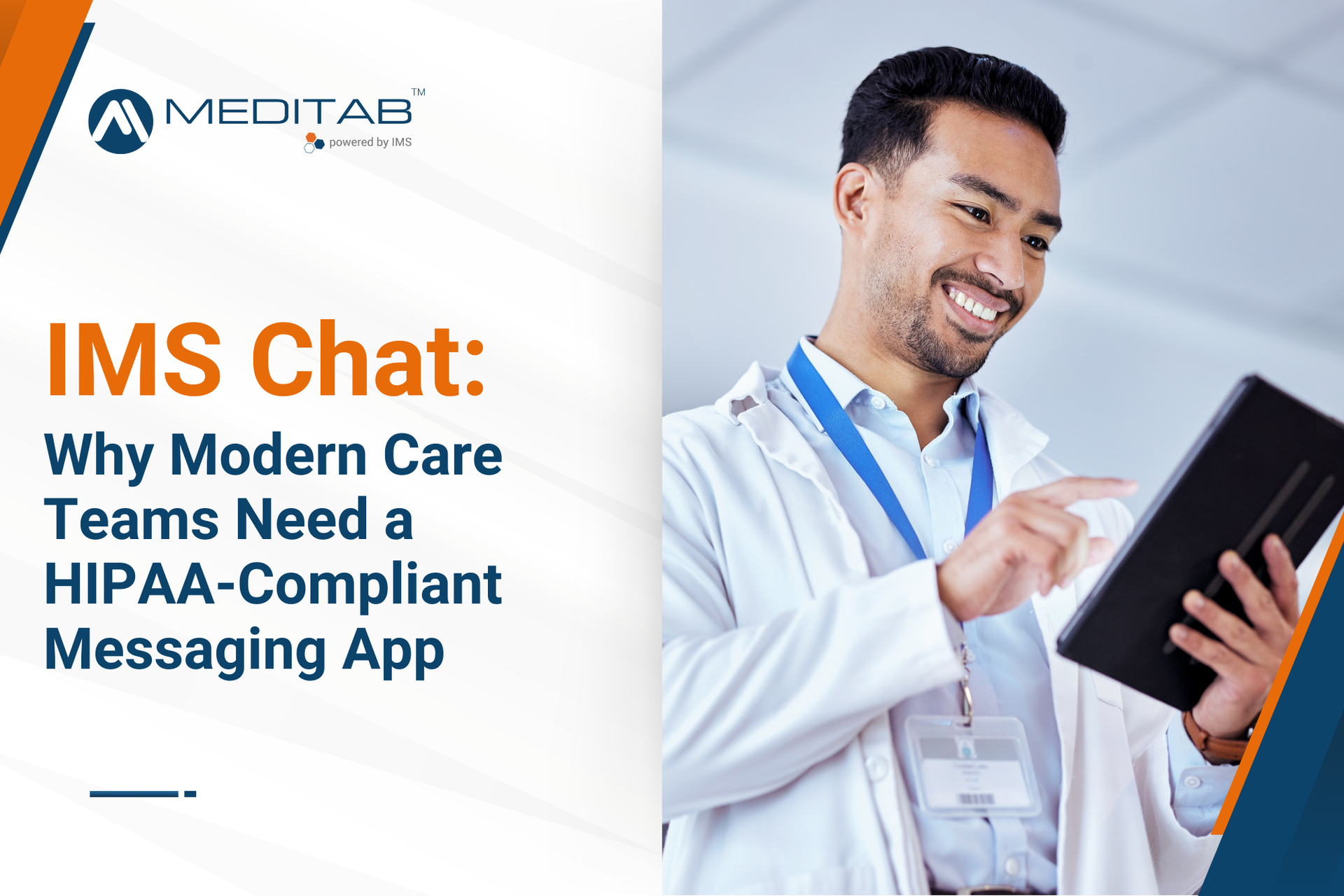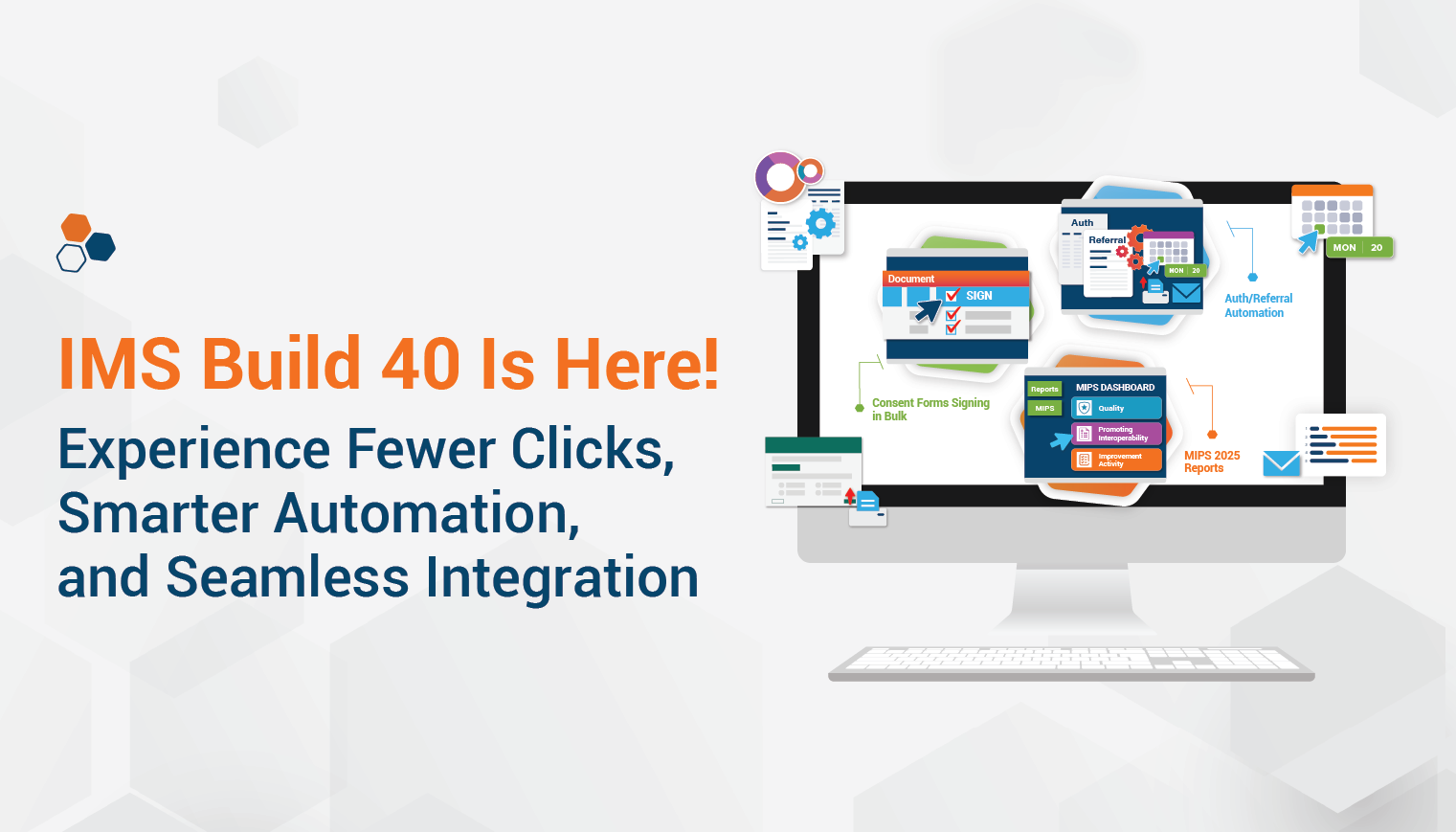In today’s healthcare economy, every dollar counts—and your practice may be feeling the pressure right now.
According to a recent Medical Group Management Association (MGMA) poll, 9 out of 10 healthcare leaders say their operating costs are outpacing their revenue. They’re spending faster than they’re earning, and they need to manage their finances better.
But as W. Edwards Deming famously said, “You can't manage what you can't measure.”
To ensure revenue cycle management (RCM) profitability, you must know what’s working, what isn’t, and where money leaks out.
The right metrics, when paired with robust revenue cycle management solutions like IMS, can transform financial challenges into data-driven opportunities.
Reimagine Revenue Cycle Management with IMS
7 Metrics That Move the Needle in Revenue Cycle Management
1. Point-of-Service (POS) and Cash Collections
This metric assesses how effective your team is at collecting payments from patients at the time of service or shortly thereafter.
Calculating the Data
- To calculate cash collections, divide the total collected patient service cash by the average monthly net patient services revenue.
- To calculate POS cash collections, divide POS payments by self-pay payments collected for a specific timeframe.
Leveraging the Data
- Comparing total cash collected against expected revenue reveals how much your practice is actually bringing in. It can help flag staff training needs or workflow gaps. If your cash collections consistently fall short of expectations, it may be time to use practice analytics tools and look into claim denials, POS performance, and underpayments.
2. Charge Capture
This metric shows if you’re recording and billing every service accurately and on time. Best practices suggest capturing all charges within three to five days after you provide service. So, monitoring charge capture data allows you to identify whether or not you have a time lag between service delivery and charge entry.
Calculating the Data
- To calculate your charge lag time, get the average number of days from the service date until the charge posting date.
Leveraging the Data
- Use your charge lag data to flag recurring delays by provider or department. This lets you determine whether or not you need to automate charge entry processes to ensure timely documentation.
3. Accounts Receivable (A/R)
This metric indicates the average time it takes your practice to collect payments after a healthcare service is rendered. Balances should ideally stay below 50 days in A/R.
Calculating the Data
- To calculate days in A/R, divide your current receivables (net of credits) by the average daily charge amount. Ideally, the resulting figure should range between 30 to 40 days.
Leveraging the Data
- When you know your practice’s average collection period, you can segment A/R by payer, provider, or service type to spot delays and prioritize follow-up efforts. You can also reduce aging balances by being proactive and leveraging automation tools for reminders and statements.
4. Clean Claim Rate
This metric shows the percentage of your claims that are correct and complete at first submission. This means payers accept and pay them without edits, rejections, or denials. According to Becker’s ASC Review, practices should aim for a clean claim rate of 98%.
Calculating the Data
- To calculate your clean claim rate, divide the number of clean claims paid on the first submission by the total number of claims you submitted.
Leveraging the Data
- Use your clean claim rate data to identify which claims typically get caught in errors or denials. Looking up denial codes and rejection reasons can help you identify recurring claim issues. You can also use claim scrubbing tools or do staff retraining to boost your clean claim rate.
5. Net Adjusted Collections
This metric assesses how much revenue your practice is actually collecting after factoring in contractual allowances. According to the American Academy of Family Physicians (AAFP), the net collection rate should be at least 95%.
Calculating the Data
- To calculate your net adjusted collection rate. Divide payments (net of credits) by charges (net of approved contractual agreements) for the selected time period and multiply the result by 100.
Leveraging the Data
- Your net adjusted collections rate helps reveal how much of your money is lost within the revenue cycle. Consistently low collection rates could indicate issues with underpayments, incorrect adjustments, or weak follow-ups. Use this data to evaluate payer performance and renegotiate contracts if necessary.
6. Initial Denials
This metric represents the rate of your claims that payers deny upon first submission. A low denial rate means your cash flow is healthy and requires fewer staff members to maintain. The AAFP recommends keeping the initial denial rate below 5%.
Calculating the Data
- To calculate your practice’s initial denial rate, divide the total dollar amount of denied claims by the total dollar amount of claims submitted within the same time period.
Leveraging the Data
- Your initial denial data can uncover patterns and root causes of claim issues, such as coding mistakes, eligibility errors, and prior authorization gaps. By identifying the elements that prevent claims from being accepted on your first submission, you can implement targeted intervention and prevention protocols.
7. Bad Debt
This metric tracks the revenue you lose from uncollected and written-off patient balances. Best practices suggest aiming for a bad debt ratio of less than 5%.
Calculating the Data
- To calculate your practice’s bad debt ratio, divide your total bad debt by your total service revenue.
Leveraging the Data
- Bad debt helps you pinpoint where and why you’re losing money due to uncollected payment balances. Use this data to analyze trends and implement more proactive financial strategies, such as adjusting payment collection methods and leveraging automation to enhance patient communication.
How Smarter Tech Gets You Better Collections
With so much data to track, practice owners like you need a reliable, comprehensive solution that simplifies RCM and medical billing. And that’s precisely where revenue cycle management solutions by IMS come in.
Equipped with real-time dashboards and AI-powered analytics, IMS empowers you to monitor KPIs without having to dig through spreadsheets or wait on manually generated reports.
As an all-in-one EHR, practice management, and billing solution, IMS also helps streamline every stage of your revenue cycle. Here are some of its RCM features:
- Built-In Clearinghouse Integration ensures seamless claim submissions and faster payer responses by connecting your practice to a vast network of insurers.
- Real-Time Eligibility Checks reduce claim denials and payment delays by verifying patient insurance coverage before the visit.
- Claim Scrubbing Tools catch coding errors and incorrect data before claims submission, which boosts your clean claim rate and reduces rework.
- Advanced Reporting offers visibility into key RCM metrics, helping you make informed and data-driven decisions.
- Workflow Automation reduces manual and repetitive tasks like billing, reminders, and follow-ups. This frees up staff time and speeds up your revenue cycle.
Measure What Matters & Grow Where It Counts with IMS
RCM metrics are your practice’s roadmap to maintaining a healthy bottomline. But tracking KPIs is just one part of the equation—you also need the tools to act on the insights they provide.
With seamless integrations and AI-powered automation, revenue cycle management solutions by IMS help you see what’s happening in your practice finances and equip you with the technology to do something about it.
Turn data into action, address issues before they affect cash flow, and make informed decisions that drive sustainable growth. With IMS, you can do more than just manage your revenue flow; you can maximize it.
Revenue Cycle Management Software FAQs
What is Revenue Cycle Management (RCM)?
Revenue Cycle Management (RCM) is the financial process used by healthcare providers to track patient care episodes from registration and appointment scheduling to the final payment of a balance. It encompasses all administrative and clinical functions that contribute to the capture, management, and collection of patient service revenue.
Why is monitoring RCM metrics important for my practice?
Monitoring RCM metrics helps identify areas where your practice is performing well and where improvements are needed. By analyzing these metrics, you can uncover inefficiencies, reduce claim denials, improve cash flow, and enhance overall financial performance.
How can I improve my Clean Claim Rate?
Improving your Clean Claim Rate involves ensuring that claims are accurate and complete upon first submission. Utilizing claim scrubbing tools, staff training, and regular audits can help identify and correct errors before submission, leading to a higher acceptance rate by payers.
How does technology assist in managing RCM effectively?
Advanced RCM solutions, like IMS, offer real-time dashboards, AI-powered analytics, and workflow automation. These tools help in monitoring key performance indicators (KPIs), reducing manual tasks, and making data-driven decisions to enhance revenue cycle efficiency.
How can I get started with improving my RCM metrics?
Begin by assessing your current performance in each of the seven key metrics. Utilize RCM tools and software to gather data, identify areas for improvement, and implement targeted strategies. Regular monitoring and adjustments will lead to sustained financial health.



